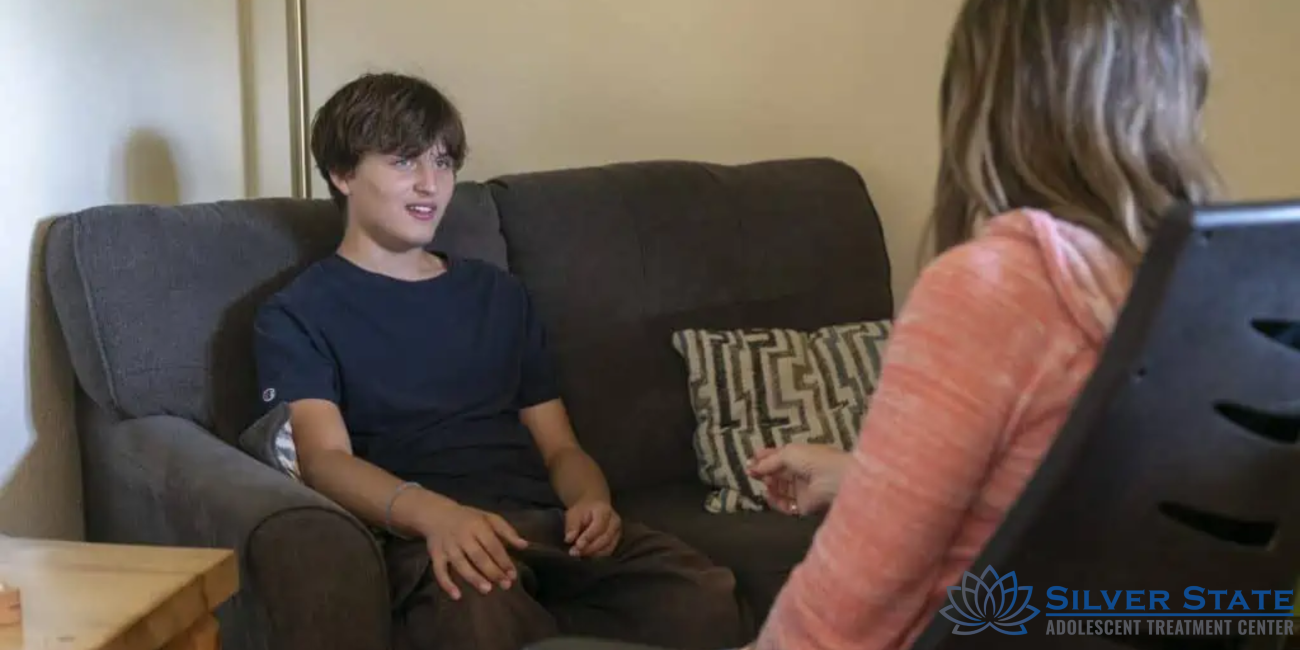Las Vegas Youth Center Services Support Teens After Fentanyl Overdose

Table of Contents
Key Takeaways:
- Teens recovering from fentanyl overdoses in Las Vegas need more than just medical care—they need whole-person, long-term support.
- Las Vegas Youth Center Services offers a full circle of care, from mental health therapy to peer mentorship.
- Youth residential treatment centers provide teens with safe, healing environments where they can focus on recovery.
- Medications like buprenorphine, combined with therapy, are proven to lower the chances of relapse.
- Education, outreach, and family involvement are just as important as treatment itself; everyone has a role in recovery.
Introduction
The fentanyl crisis is hitting teens hard—and fast. In Las Vegas, the spike in overdoses has left many families searching for answers, support, and hope. That’s where Las Vegas Youth Center Services steps in. These programs are designed to help teens and their families recover after an overdose, heal from trauma, and learn how to move forward.
With overdose deaths rising across the country, Las Vegas is focusing on more than just emergency care. The goal is long-term recovery. That means combining medical treatment with therapy, education, and family support to build a safer future—one teen at a time.

How Do Las Vegas Youth Center Services Help Teens After an Overdose?
When a teen overdoses, the first step is always medical stabilization. But recovery doesn’t stop there. Las Vegas Youth Center’s team moves in quickly with trauma-informed assessments and connects the teen to the proper care path.
For many, that next step is a youth residential treatment center, a place where teens can heal in a structured, safe, and understanding environment. These centers, as per the CDC, provide around-the-clock care, group therapy, mental health counseling, school support, and more. It’s not just about stopping drug use, it’s about healing what’s underneath.
What’s the Role of Medication-Assisted Treatment?
Medications like buprenorphine, methadone, or naltrexone can be life-saving for teens with opioid addiction. They reduce cravings, prevent overdoses, and help stabilize the body and mind.
In Las Vegas, these medications are offered under clinical supervision and always paired with therapy and relapse prevention planning. It’s not a “one-size-fits-all” approach, it’s a personalized, evidence-based plan that gives teens the tools they need to stay on track. This is known as Teen Medication Treatment, and it has been endorsed by the Substance Abuse and Mental Health Services Administration.
How Does Trauma Therapy Support Healing?
Most teens struggling with substance use have been through something difficult, abuse, neglect, loss, violence, or chronic stress. That’s why trauma-informed care is at the heart of recovery in Las Vegas.
Therapists work with teens using techniques like CBT, expressive arts, and group therapy to help them process their past and build emotional resilience. When teens feel seen, heard, and safe, they’re far more likely to stay in treatment and thrive. These services, as per the NCBI often fall under what’s known as Teen Trauma care.
Fentanyl Awareness: Why Teens and Families Must Understand the Risks
Education is prevention. Las Vegas Youth Center Services runs school programs and community workshops focused on Fentanyl: America’s Deadliest Drug. Teens learn how deadly counterfeit pills can be, and how easy it is to unknowingly ingest fentanyl.
Families are trained on how to use naloxone (the overdose-reversal drug) and how to spot warning signs of opioid misuse. When teens and caregivers understand the risks, they’re better equipped to make safer choices and respond in a crisis. Programs like the FentAlert Youth Challenge by SAMHSA help educate and empower youth.
Why Peer and Family Support Makes All the Difference
Recovery is tough, but no one should go through it alone. Peer support groups allow teens to share openly with others who understand what they’re facing. That connection can be incredibly healing.
At the same time, families receive support as well. Through therapy and education, parents and caregivers learn how to set boundaries, communicate better, and support their teen’s recovery without enabling.
Schools also play a role—by partnering with services, hosting workshops, and referring students to care, they help create a more supportive community for everyone. According to the U.S. Department of Education, schools are crucial allies in the fight against youth substance misuse.

What Happens in Youth Residential Treatment Centers?
For some teens, the safest place to heal is away from home. Youth residential treatment centers in Las Vegas offer a structured, supportive space where teens can recover without distractions or triggers.
These centers provide therapy every day, life skills training, medical monitoring, and academic support so teens don’t fall behind in school. It’s a chance to reset, refocus, and rebuild from the ground up.
Conclusion
Recovery from a fentanyl overdose is possible—with the proper care, compassion, and community. Las Vegas Youth Center Services offers teens a lifeline through expert medical care, therapy, peer support, and trauma healing.
Their programs are designed to meet teens where they are, walk beside them through recovery, and help them build a better future—free from addiction, shame, or fear. If you or someone you love needs help, Silver State Adolescent is ready to take your call. Contact now at Tel: 725.525.9897
FAQs:
What should I do immediately if my teen survives an overdose?
First, make sure they’re safe—call emergency services and administer naloxone if you have it. Once stabilized, contact Silver State Adolescent for an assessment and support.
Are medication treatments safe for teens?
Yes. When prescribed by professionals, buprenorphine, methadone, and naltrexone are safe and effective for teens with opioid use disorder.
How long does a residential program last?
It depends on the teen’s needs. Some stay 30 days, others 60 to 90+—the goal is long-term stability and readiness to return home.
What kind of trauma therapy is provided?
Teens can receive cognitive-behavioral therapy (CBT), expressive arts therapy, and other trauma-focused approaches tailored to young people.
Can schools work with Las Vegas Youth Center Services?
Absolutely. Schools can host prevention workshops, naloxone training, and work directly with the program to support students in need.
Citations:
- Centers for Disease Control and Prevention (CDC). Drug Overdose Deaths Among Persons Aged 10–19 Years — United States, July 2019–December 2021. 16 December 2022,https://www.cdc.gov/mmwr/volumes/71/wr/mm7150a2.htm<.
- U.S. Department of Health and Human Services (HHS). Overdose Prevention Strategy. 2024, https://www.hhs.gov/overdose-prevention/
- Substance Abuse and Mental Health Services Administration (SAMHSA). FentAlert: Fentanyl Awareness Youth Challenge. 2024, https://www.samhsa.gov/substance-use/prevention/fentanyl-awareness-youth-challenge.
- Hadland, Scott E., et al. Treatments Used Among Adolescent Residential Addiction Treatment Facilities in the United States. National Center for Biotechnology Information, 1 June 2023, https://www.ncbi.nlm.nih.gov/pmc/articles/PMC10265296/.

